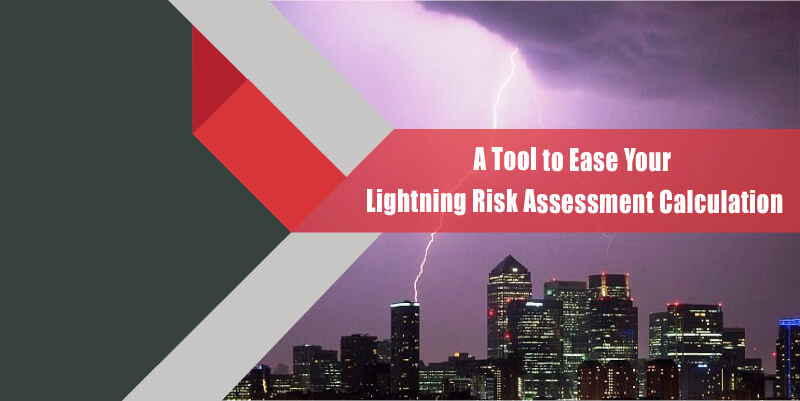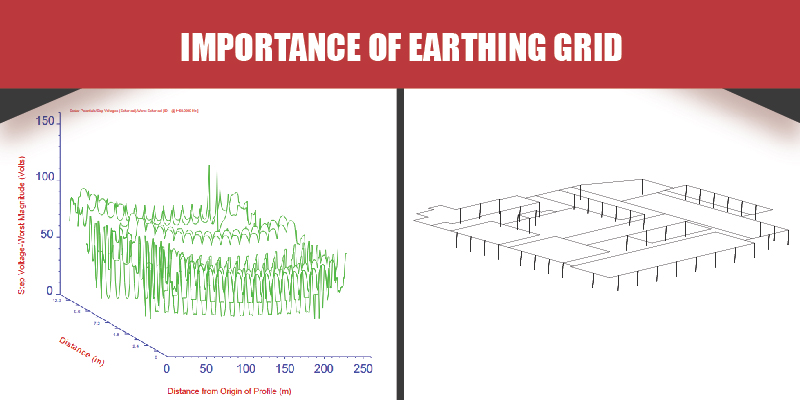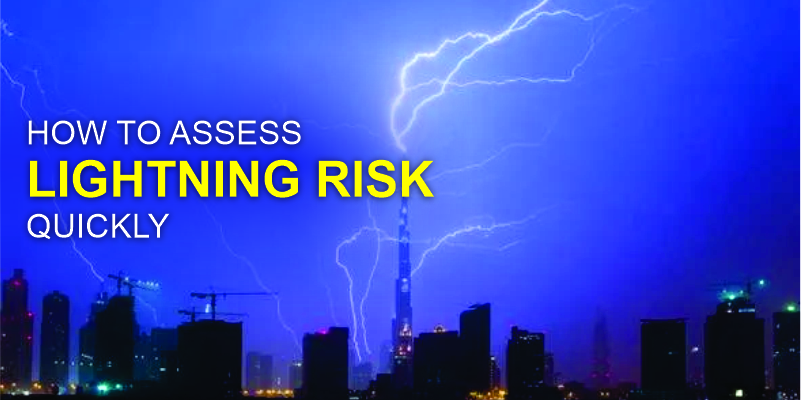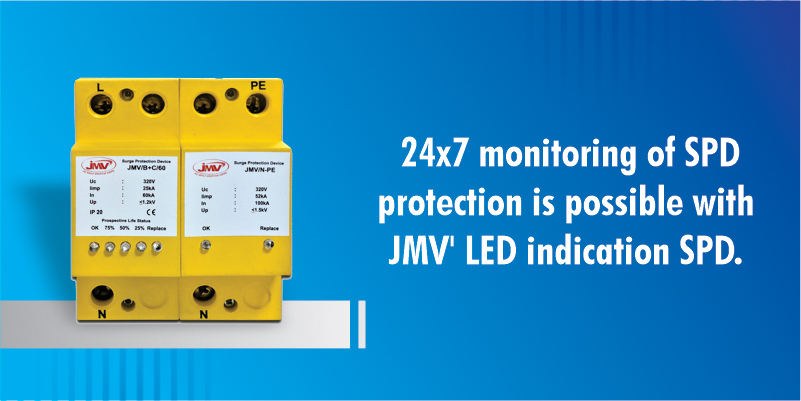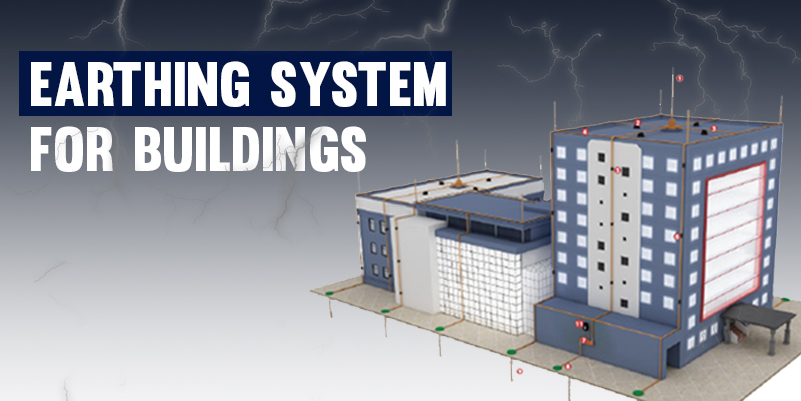
What is Earthing?
Earthing is a process that involves providing a low-resistance path to electrical faults, and it serves to safeguard both humans and equipment from electrical faults and overvoltage. Earthing is done for a variety of reasons, including safety, equipment protection, and lightning protection.
How Does Earthing Work?
Earthing works by providing a low-resistance path to the ground for excess electrical current to flow safely away from electrical equipment and systems.
When an electrical fault occurs in a building or electrical system, such as a short circuit, excess electrical current flows through the conductive parts of the system, including metal casings and frames. This creates an electrical potential that can be dangerous and even deadly to humans and animals.
Earthing system provides an alternative path for this excess electrical current to flow to the ground. The earthing system typically consists of a earthing conductor or rod that is buried in the ground. The electrical equipment or system is then connected to this earthing conductor or rod.
When an electrical fault occurs, the excess current flows through the earthing conductor or rod and is safely dissipated into the ground
Types of Earthing Systems:
Conventional earthing and maintenance-free earthing are two different types of earthing systems used in electrical installations.
Conventional earthing refers to the traditional method of earthing, where a metal plate, rod, or pipe is buried in the ground and connected to the electrical system using a strip or wire. This type of earthing requires periodic maintenance, including checking the resistance of the earthing system and replacing any corroded or damaged components. For better results salt and charcoal is added in this type of earthing.
Maintenance-free earthing, also known as chemical earthing, is a newer type of earthing system that does not require regular maintenance. In this system, a conductive electrode is placed in a borehole in the ground, and a earth enhancement compound is used to improve the conductivity of the soil around the electrode. This creates a low-resistance path for excess electrical current to flow to the ground, similar to conventional earthing. Maintenance-free earthing is typically more reliable and has a longer lifespan than conventional earthing.
Risks of Not Having Earthing in Buildings:
Not having proper earthing in buildings can pose serious risks to the safety of occupants and the longevity of electrical equipment. Some of the risks of not having earthing in buildings include:
1. Electric shock: Without proper earthing, there is a risk of electric shock to occupants. This is because if there is a fault in the electrical system, such as a short circuit, the current may flow through the building's electrical equipment, causing a dangerous voltage to appear on the equipment's metal parts.
2. Fire hazards: Electrical equipment that is not properly earthed may cause sparks and overheating, which can lead to fires. This is because the electrical equipment may not be able to discharge excess electrical energy safely, leading to a buildup of heat and potential fire hazards.
3. Damage to electrical equipment: Electrical equipment that is not properly earthed may be subjected to electrical noise and transient voltages, which can lead to damage and degradation of the equipment. This can result in equipment malfunction and premature failure.
-
Lightning strikes: Lightning strikes can cause dangerous voltages to appear in electrical equipment and wiring. Proper earthing is essential for lightning protection to prevent damage to the building's electrical system and protect occupants from harm.
Common Methods of Earthing in Buildings:
There are several common methods of earthing in buildings, which include:
1. Plate earthing: In this method, a metal plate made of copper or galvanized steel is buried vertically in the ground. The plate is connected to the electrical system using a strip.
2. Rod earthing: This method involves driving a metal rod, usually made of copper or copper bonded steel, into the ground vertically. The rod is connected to the electrical system using a conductor.
3. Pipe earthing: This method involves using a metal pipe, usually made of copper or galvanized steel, buried vertically in the ground. A conductive material is commonly used to fill the pipe. The pipe is connected to the electrical system using a conductor. Pipe in pipe and strip in pipe is also a type of this earthing only.
4. Chemical earthing: This is a newer method of earthing that involves the use of a conductive electrode placed in a borehole in the ground. An earth enhancement compound is used to improve the conductivity of the soil around the electrode, creating a low-resistance path for excess electrical current to flow to the ground.
Related Post: Electrical Safety Devices
Conclusion:
Overall, maintenance-free earthing systems are becoming increasingly popular due to their long-lasting and reliable performance, which eliminates the need for periodic maintenance. By choosing maintenance-free earthing systems, building owners can save time, money, and resources in the long run, while ensuring the safety and reliability of their electrical systems.
